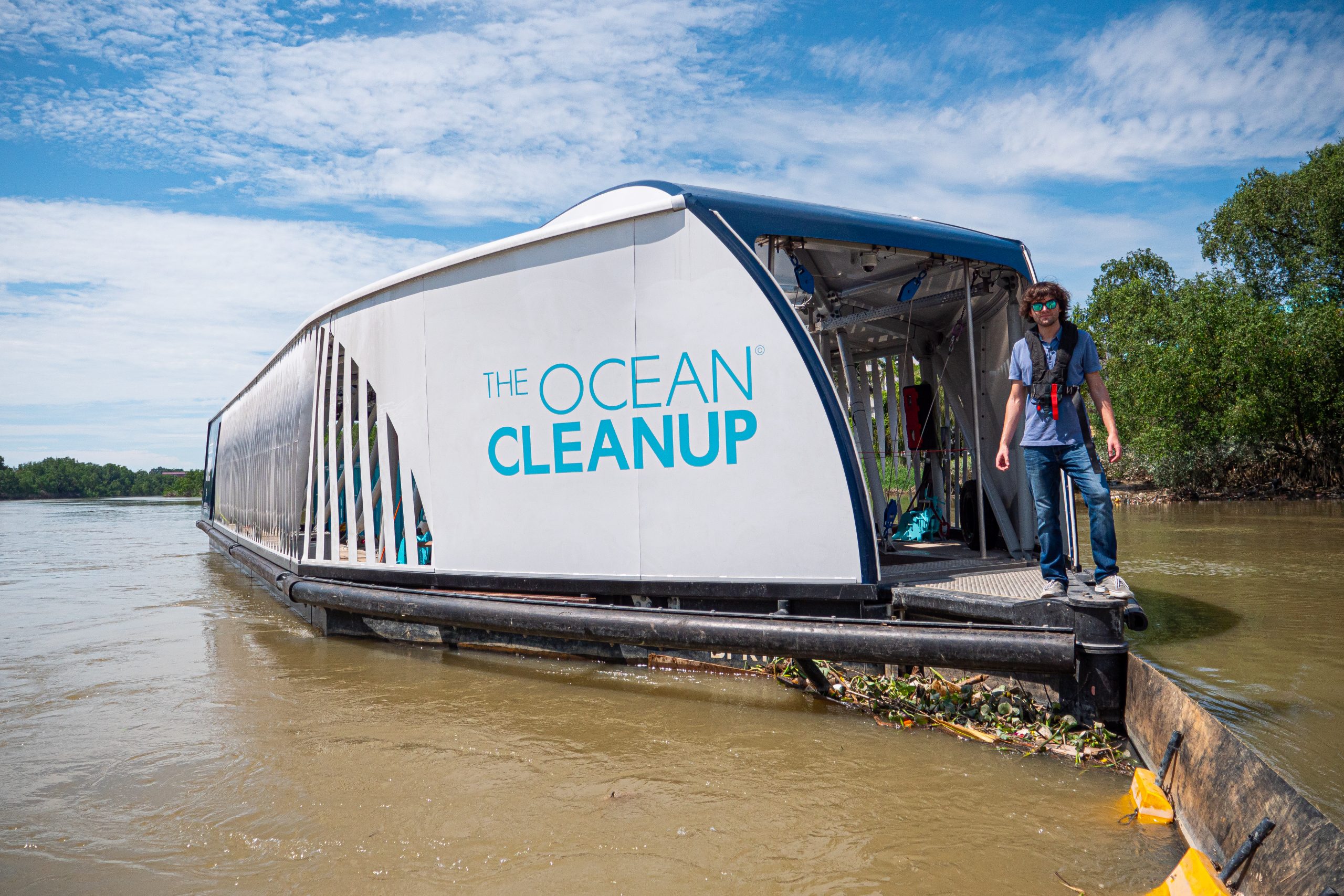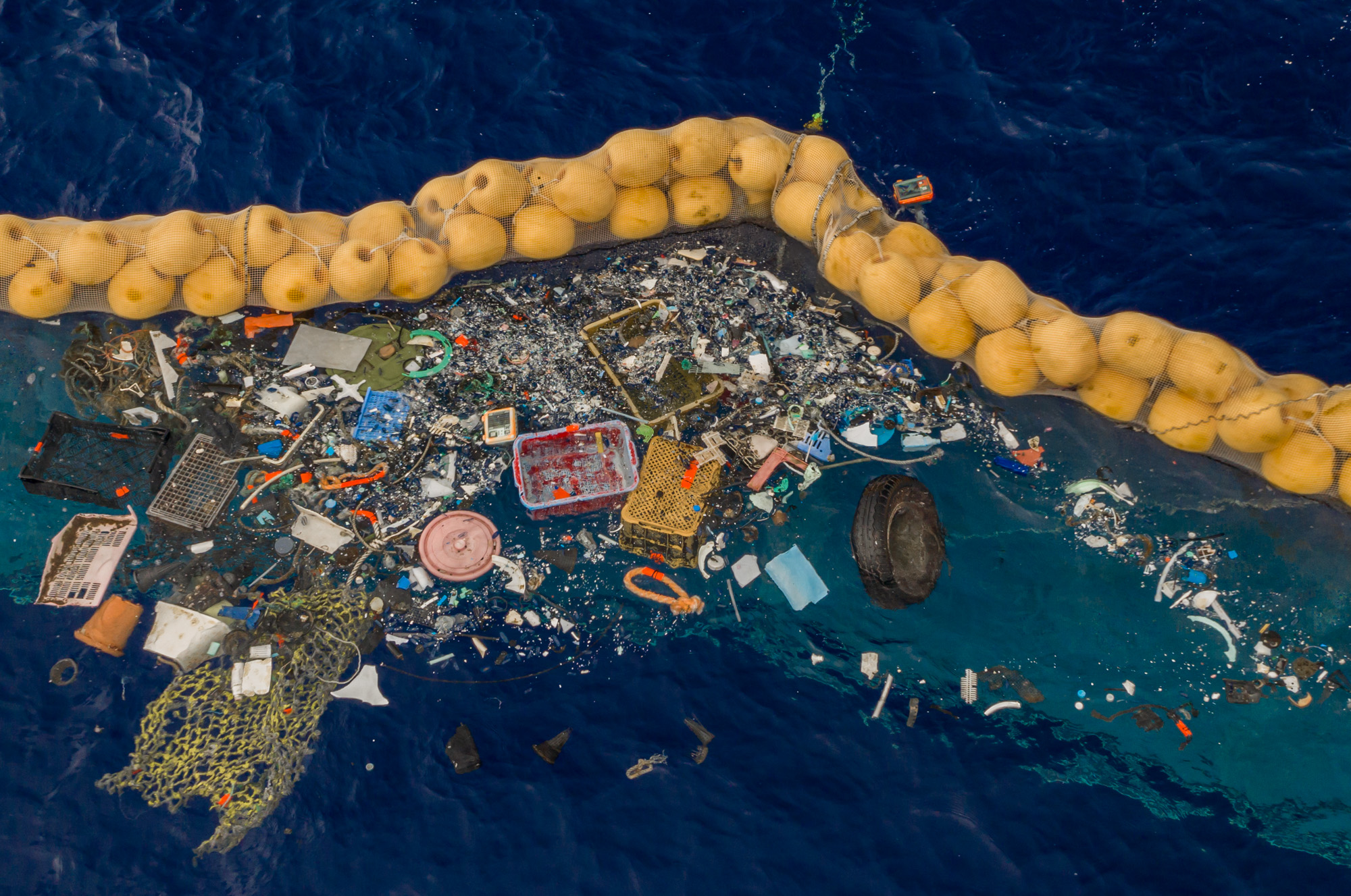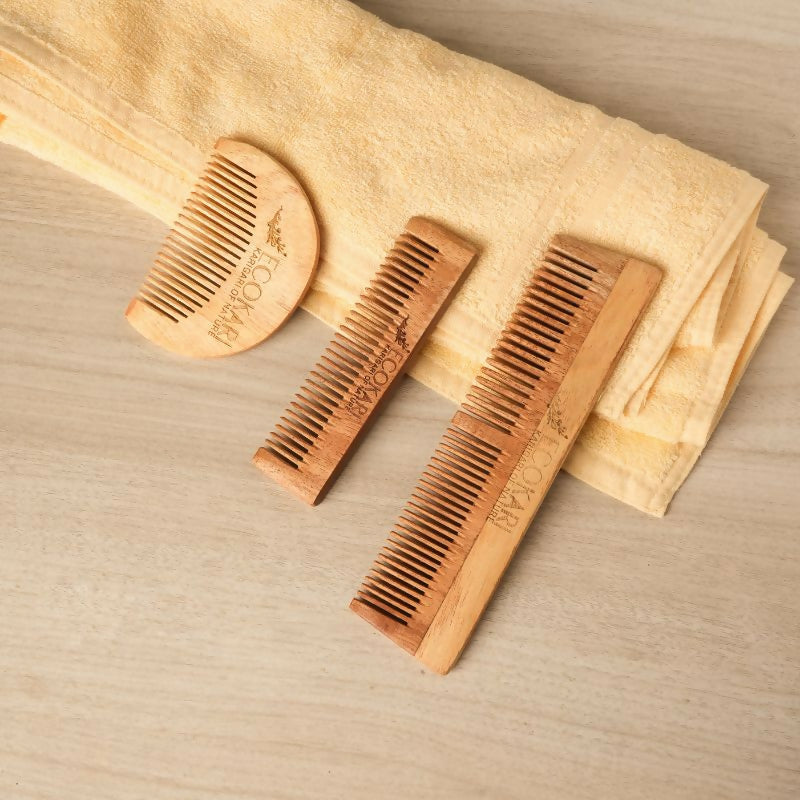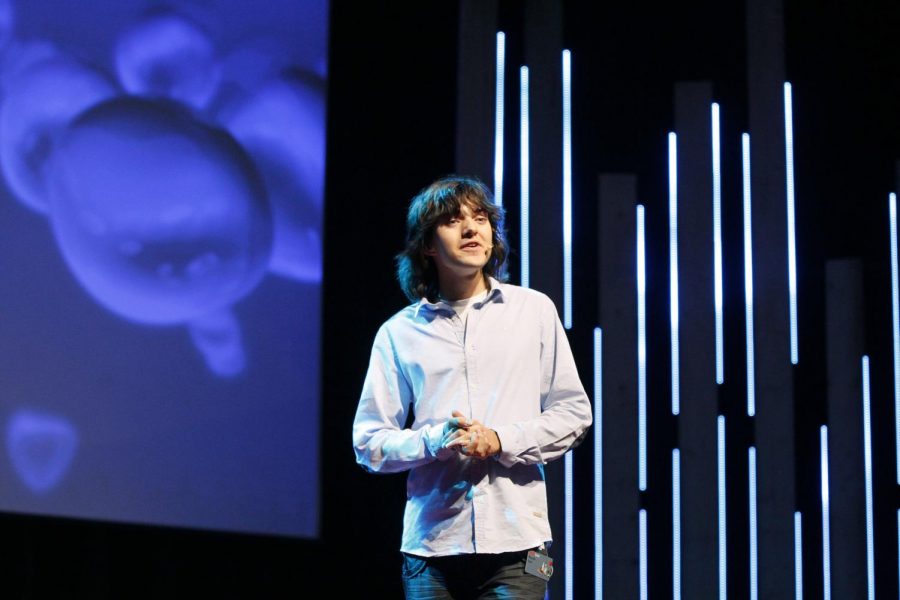Boyan Slat: The Ocean Cleanup

You’ve probably seen those oddly satisfying videos online, where a giant floating machine glides through rivers or oceans, scooping up plastic like a vacuum in water. That’s The Ocean Cleanup, founded by a young millennial Dutch innovator, Boyan Slat. He decided he wasn’t going to wait around for governments or corporations to fix what had already been broken. At just 16 years old, while scuba diving in Greece, Boyan made a deeply unsettling discovery that there were more plastic bags than fish. It stayed with him. Instead of just being disgusted and moving on, he asked, "Why can’t we just clean it up?" By 18, he had founded The Ocean Cleanup, a non-profit fuelled by people funding an extraordinary mission to rid the world’s oceans of plastic.
(Click on the image to watch the TEDx Talk)
What Is The Ocean Cleanup Actually Doing?
Founded in 2013, The Ocean Cleanup has one big mission to clean up plastic that’s already floating in the oceans and stop new plastic from getting there in the first place.
Every year, millions of tonnes of plastic flow into our oceans, and more than 80% of that comes through rivers. So The Ocean Cleanup created a two-part solution - one, massive ocean systems that can collect floating plastic debris, and two, Interceptor machines that sit in rivers and catch waste before it spills into the sea.
This is a serious tech, solar-powered, low-maintenance, high-efficiency systems that do what most people thought was impossible. And in 2024, they had their biggest year ever. The organization removed 11.5 million kilograms of plastic from oceans and rivers, more than all the previous years combined. Their goal is to put themselves out of business by cleaning up what shouldn’t be there in the first place.

Interceptors: Cutting the Flow at the Source
Let’s talk about the rivers. It’s one thing to clean what’s already out there, but imagine a leaking tap. That’s what the Interceptor systems are doing. These floating barriers, powered by solar energy, are placed in strategic river mouths around the world to intercept plastic waste and guide it into a conveyor belt and container system all before it even reaches the ocean.
So far, The Ocean Cleanup has deployed 17 Interceptors across 8 countries. And the cool part? You can track their cleanup progress on the Ocean Cleanup website.

The Great Pacific Garbage Patch: Their Biggest Battle
Of course, the headline act in this entire project is their work in the Great Pacific Garbage Patch, that massive zone of trash floating between Hawaii and California. The 1.6 million square kilometres of concentrated plastic waste, drifting and growing for decades.
Since 2019, The Ocean Cleanup has removed over 10 million kilograms of trash from this area. They also conducted the largest scientific study of the area, looking at the types, sources, and movement of plastic in ways never done before.
The ocean is filled with bottles, straws, fishing gear, crates, forgotten toys, shoes, and unidentifiable pieces of plastic, all left behind by humans who never imagined it would come back like this.

So Why Should Any of This Matter to Us?
Because marine life is suffering, nearly 900 species are affected by ocean plastic. But the ripple effect is closer than we think. Plastic doesn’t disappear. It breaks into microplastics, invisible to the eye, but impossible to ignore.
Fish eat it. We eat the fish. It’s in our bloodstreams, in our organs. In a strange way, the plastic we threw away is finding its way back to us, like a global boomerang effect. As Boyan puts it, "Plastic is not just in the ocean. It’s in us."
A Human-Made Mess, A Human-Led Solution
The truth is, the ocean didn’t create this problem. We did. Through decades of overconsumption, throwaway culture, and a complete disconnect between what we buy and where it ends up, we’ve flooded nature with our waste. And we’ve done it so casually that we barely realize the scale.
But the beauty in this story is that a 16-year-old saw it, felt it, and didn’t look away. He built a team, raised funds, and turned the frustration into action. That’s what The Ocean Cleanup represents.
You can still be part of the solution. We can all start small. It always begins that way. Even something as simple as quitting single-use plastic where possible. And the more we talk about these efforts, the harder it becomes to pretend this is someone else’s problem.







Leave a comment